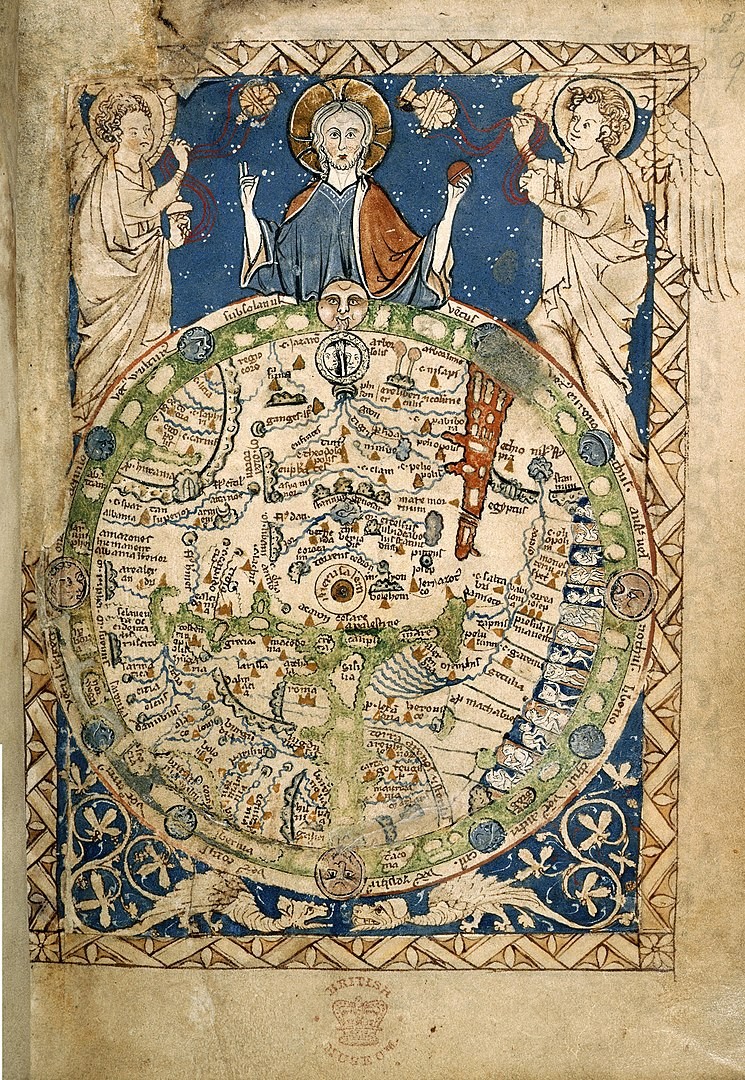ARTH 384 Theories of Representation
- Tuesdays and Thursdays, 11:45 am - 2:30 pm
- Instructor: Dr. Anna-Maria Moubayed
This course explores the origins of the development of art theory applied to the visual culture of early Christianity and the Middle Ages. Focusing on a thematic rather than a chronological approach, the course acknowledges broader ideological systems and the cross-cultural exchanges between different cultures, throughout the Middle Ages. It aims to foster discussions revolving around art, architecture, and ideas, focusing on key philosophers and theoreticians, such as Plato, Aristotle, Bernard of Clairvaux, Abbot Suger, Thomas Aquinas, Plotinus, Pseudo-Dionysius and Augustine. From theoretical issues concerned with icons, portraits, diagrams, and issues related to the built environment and cross-cultural conflicts that shaped the Middle Ages, this course also allows the students to interact with in situ medieval works of art from the collection of the Montreal Museum of Fine Arts and neo-medieval buildings and monuments in Montreal. In so doing, the course offers the students a more global and contextual experience to understand the visual culture that surrounds their everyday life, which inherited some of the medieval theories of representations. Through a survey of philosophical, theological, and theoretical medieval accounts, this course encourages students to observe, and increase their theoretical, artistical, and analytical vocabulary, while recognizing and understanding the interconnections between the medieval visual culture and theories of representation, from a multidisciplinary perspective, involving theology, philosophy, theory, mathematics, politics, etc.
 The Map Psalter, ca.1262-1300, fol 9r, MS28681. British Library.
The Map Psalter, ca.1262-1300, fol 9r, MS28681. British Library.

